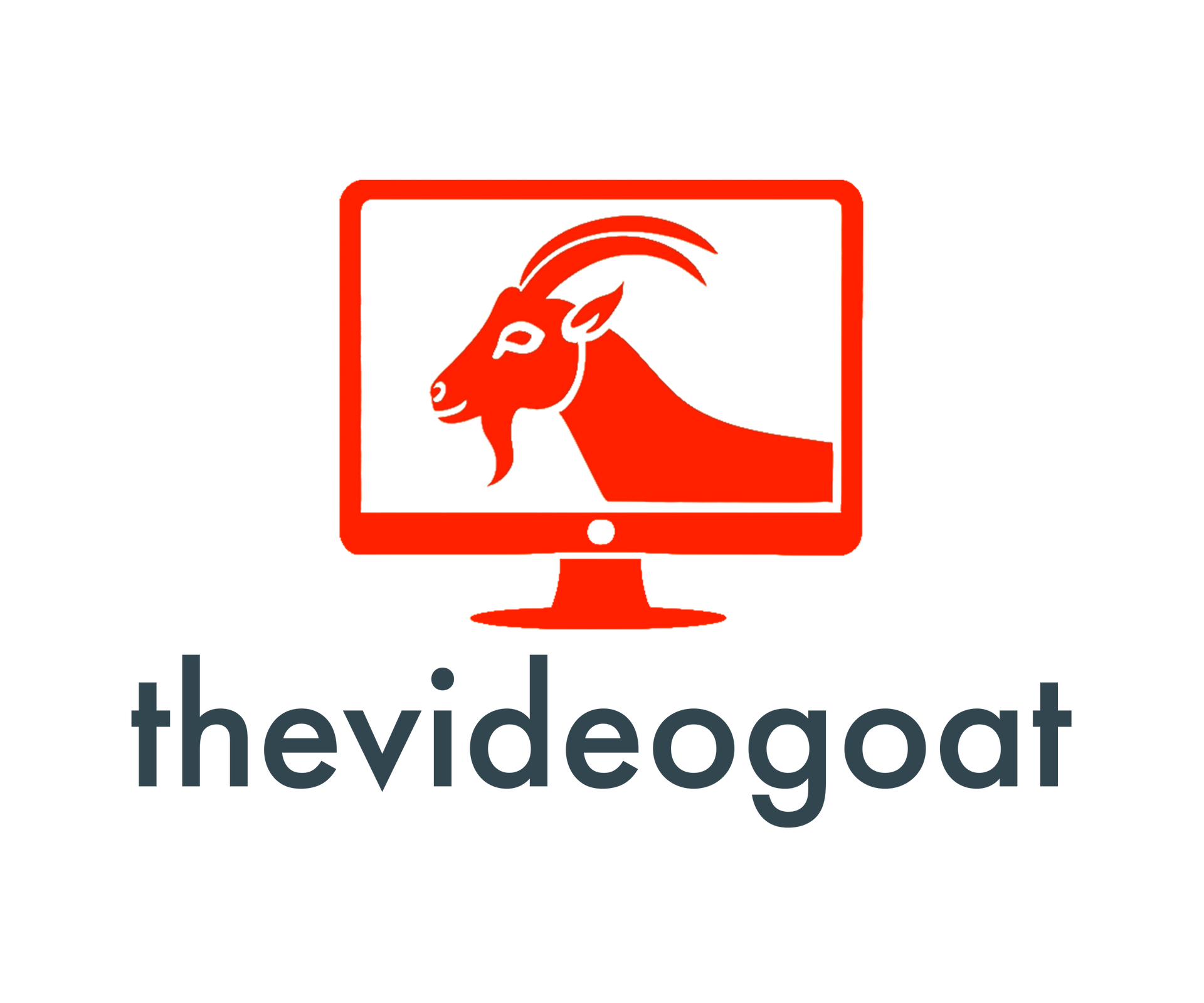What To Do With Your Home Videos
If you're like most families, you probably have a box or two of old home videos tucked away somewhere across all kinds of formats: VHS tapes, MiniDVs, and maybe a few CDs. Birthdays. Vacations. First steps. Road trips. School plays, the list goes on. These recordings captured some of the most meaningful experiences of your life, but there’s just one problem: you can’t watch any of them.
VCRs are extinct. Tape formats degrade with time, sometimes beyond repair. Even DVDs are no longer as accessible as they once were. The truth is, those memories are fragile. And as your devices age, so does your access to them. If you want to keep these memories safe, watchable, and shareable for years to come, you need to digitize them.
Let’s walk through how to do it and how to enjoy those memories once you have them back.
1. Start by understanding what you have.
Start by gathering every tape, DVD, memory card, and old camcorder you can find. You’ll likely encounter a mix of formats, including VHS, Hi8, MiniDV, and even SD cards from early digital cameras. Before you begin digitizing, it’s worth taking inventory.
Label what you can. Estimate which formats you’re dealing with. If you’re not sure, just snap a photo or bring a few tapes to a professional. More importantly, identify the footage that really matters. Not every tape is worth preserving. Prioritize moments that are unique, meaningful, or impossible to recreate, such as first steps, silly moments, or significant milestones.
Organizing this now will save you hours later, whether you digitize it yourself or hand it off to a service.
2. Choose how to digitize.
You’ve got two main options: do it yourself or use a professional service.
DIY digitization requires a player that works with your format (such as a VCR or MiniDV camcorder), an analog-to-digital converter (like Elgato or ClearClick), and a computer with the appropriate software. You’ll also need to test your tapes and troubleshoot any issues that come up, which is common with aging media.
If you go this route, make sure you have the right storage too. Many people digitize hours of footage only to lose it later due to poor file organization. We recommend you store your files in two locations: one cloud service (such as Dropbox or Google Drive) and one physical drive. And for physical backups, SSDs are much more reliable than traditional hard drives. Name your files clearly. Things like ‘1997_FamilyReunion.mp4’ will save you confusion later on.
That said, digitizing is a technical and time-consuming process, especially when dealing with dozens of tapes. At The Video Goat, we handle all of that for you. We inspect and clean your tapes, convert them using high-grade equipment, and deliver everything in modern formats with organized file names. You just send us the box and we take care of the rest.
3. Trim and Edit the Footage
Once you’ve digitized your tapes, you're not done yet. Most home videos were recorded in real-time, with no cuts, edits, or filters. A single school program might run for two hours long. A Christmas morning might stretch across multiple tapes.
Editing is what turns all that raw footage into something people will actually watch.
If you’re up for it, you can use free programs like iMovie or DaVinci Resolve to clip, merge, and clean up the videos yourself. Focus on trimming down each file to the highlights. Just like with digitization, stay organized. Keep your file names consistent and group them in folders by year or event. Even a little bit of trimming makes these memories infinitely more enjoyable.
If editing isn’t your thing—or if you're working with hundreds of clips—The Video Goat can handle that too. We offer professional editing services for both old and recent footage, including videos from phones and modern cameras. Whether you want one big highlight reel, a year-by-year series, or a memorial video to honor someone’s life, we’ll help you tell your story the way it deserves to be told.
4. Store and Share Your Memories
Once your home videos are digitized and edited, it’s time to actually use them. Too many people go through all the work of digitization only to let files collect digital dust on a hard drive.
Instead, think about how you want your family to access and enjoy these videos. Upload them to a private YouTube channel, Dropbox folder, or Google Drive so your family can watch from anywhere. For keepsakes, consider USBs, DVDs, or even custom video books that play automatically.
Don’t forget to back everything up. At minimum, follow the 3-2-1 rule: three copies, two storage types, one offsite. And revisit your storage setup every couple of years to make sure your backups are still accessible.
5. Let The Video Goat Help
At The Video Goat, we don’t just transfer footage—we bring it back to life. Our team handles every part of the process, from tape inspection and high-quality digitization to organized storage, custom editing, and safe delivery.
Whether you’re overwhelmed by the boxes in your basement or just need help putting together a tribute video, we’ve helped hundreds of families preserve memories they thought they’d lost for good. We’re fast, careful, and personal—because we know what these memories mean.
If you're wondering what to do with your home videos, this is your answer. You don’t need to tackle it all yourself. Reach out to us for a free quote or just send us a question—we’re always happy to help.

